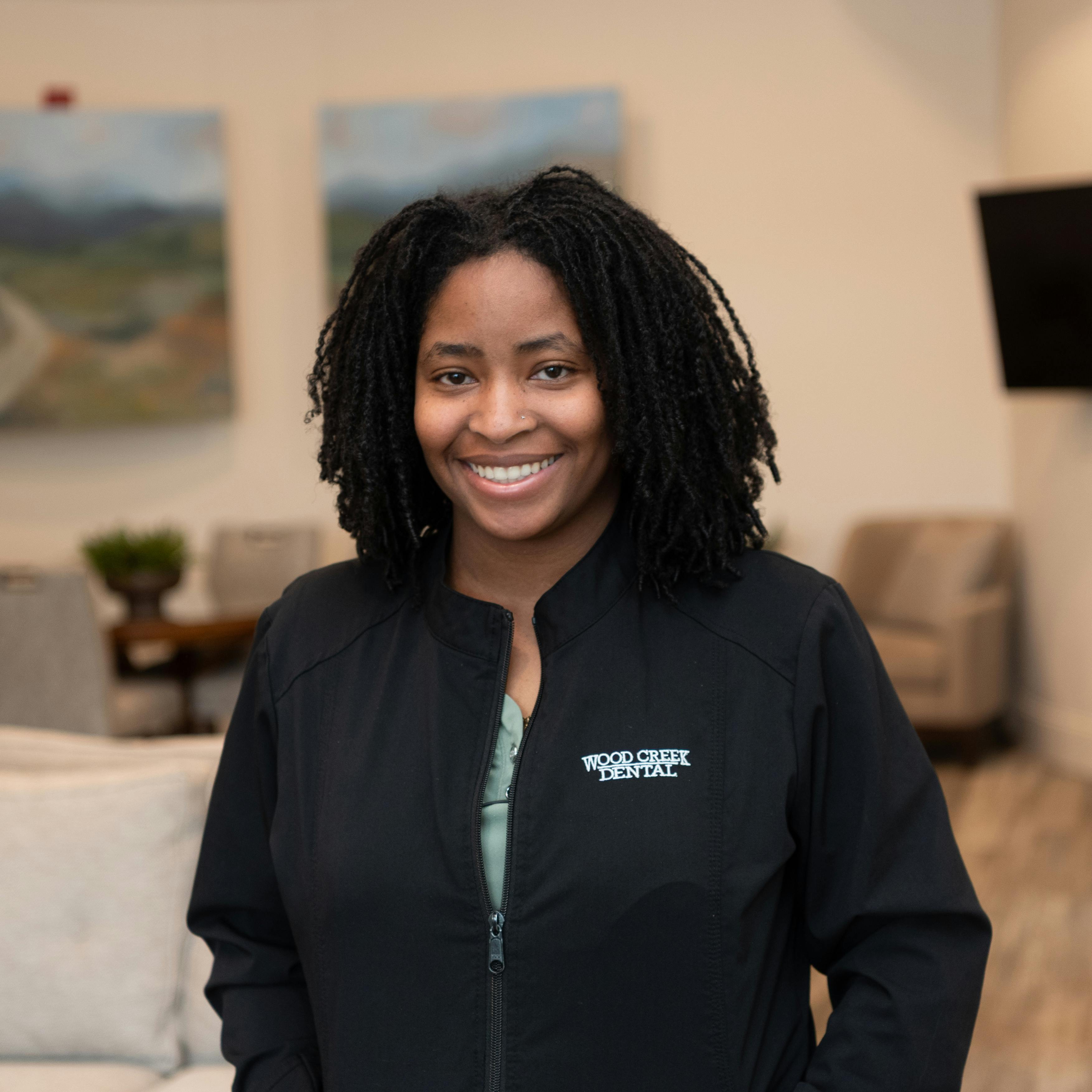Do your photos tell your brand's story?
In today's visually-driven world, a picture isn't just worth a thousand words—it's worth a thousand impressions, clicks, and conversions. A powerful image can tell a powerful story and inspire action. But in today's market, consumers crave authenticity! That means to be inspired they need to see the real faces behind brands, not stock photos you can find anywhere on the internet.
Your business has a unique story, a distinct personality, and a team of real people who make it all happen. Stock photos, no matter how beautiful, can never truly capture that essence. If you're looking to elevate your website or other marketing materials, we believe investing in custom photography is one of the most impactful decisions you can make.

Authenticity that Builds Trust & stands out
Customers are savvy. They can spot a generic stock photo a mile away. When you use images of people who don't actually work for you, you're creating a disconnect. Custom photography, on the other hand, shows the real faces behind your brand, the genuine passion you have for your work, and the unique environment where it all happens. This authenticity builds trust and credibility—cornerstones of a loyal customer base.
Not to mention, your competitors are probably using stock photos. Imagine a potential client scrolling through a sea of websites, all featuring the same generic smiling professional or the same perfectly-staged office space. Custom photography will instantly differentiate you from your competition by highlighting what makes you unique—your team, your culture, your community, and your products.



photos taken with your brand in mind
Stock photos often require a compromise. You're often forced to settle for an image that's "close enough," but isn't quite the look you're trying to achieve or doesn't exactly fit your brand's aesthetic. Custom photography, however, is curated with your brand in mind. Everything from the lighting, composition, and overall style of the photos perfectly align to reflect your visual style, creating a cohesive and professional look across all of your marketing channels, from your website to your social media to printed materials.
Investing in images
Think of a professional photoshoot as a long-term investment. These custom assets can be used across your website, social media, email campaigns, print materials, and more for years to come. They are a versatile resource that will continue to pay dividends in brand recognition and customer engagement.

Action Shots

Professional Headshots

Product Photography

Aerial Drone Images

Location, Office, or Storefront Images

Team Photos
Plan A Shoot
From headshots to candid images of your team in action and aerial drone footage, ALINE photographers specialize in a comprehensive suite of photography services tailored to elevate your brand, showcase your business in the best light, and help your customers see the real people that drive your success. We work with you to plan the perfect photoshoot from start to finish, from location scouting, to directing the session, and ensuring we get the images you need. Ready to put a face to your Upstate business? Get in touch to learn more about ALINE's photography services and schedule a custom photoshoot today!
